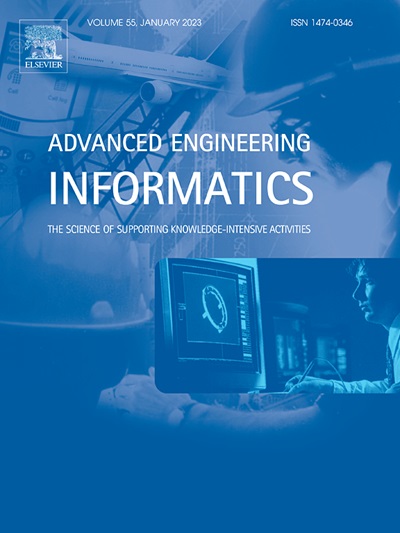Few-shot fault diagnosis for machinery using multi-scale perception multi-level feature fusion image quadrant entropy
IF 8
1区 工程技术
Q1 COMPUTER SCIENCE, ARTIFICIAL INTELLIGENCE
引用次数: 0
Abstract
Aero-engines, pumps, and trains are widely used in transportation, maritime, aerospace, and other industries. However, these devices often operate in harsh and complex environments, making their internal components prone to failure. Thus, constructing a highly accurate fault diagnosis model is essential for ensuring the safe and reliable operation of machinery. However, most existing models require many labeled samples to build accurate training models, which is both expensive and difficult to achieve. Moreover, some models lack adaptability and often require adjustments to their structure or hyperparameters to suit new diagnostic tasks. To address these challenges, this paper proposes a few-shot fault diagnosis model based on multi-scale perception multi-level feature fusion image quadrant entropy (MPMFFIQE). The MPMFFIQE method uses the gramian angle summation field (GASF) to convert transient signals into images, preserving more detailed information about the mechanical state. The multi-scale perception multi-level feature strategy is then applied to sequentially enlarge and reconstruct feature maps at various levels, maximizing the extraction of fault-related information. Afterward, the fusion image quadrant entropy technique is proposed to combine nonlinear dynamic features from these feature maps, forming the mechanical MPMFFIQE feature set. Finally, this set is input into the harris hawks optimization support vector machine (HHOSVM) classifier to achieve fault identification. Results from three real-world case studies demonstrate that the proposed MPMFFIQE method improves accuracy by up to 12.90% in comparison with six feature extraction techniques. Furthermore, the proposed model achieves an accuracy rate exceeding 98.10% with just five training samples per state, representing up to a 27.48% improvement over six existing models. These findings confirm that the developed model can effectively and accurately diagnose mechanical faults in industrial applications using only a small number of training samples. Additionally, the model shows strong generalization across different mechanical equipment, highlighting its significant practical value.

求助全文
约1分钟内获得全文
求助全文
来源期刊

Advanced Engineering Informatics
工程技术-工程:综合
CiteScore
12.40
自引率
18.20%
发文量
292
审稿时长
45 days
期刊介绍:
Advanced Engineering Informatics is an international Journal that solicits research papers with an emphasis on 'knowledge' and 'engineering applications'. The Journal seeks original papers that report progress in applying methods of engineering informatics. These papers should have engineering relevance and help provide a scientific base for more reliable, spontaneous, and creative engineering decision-making. Additionally, papers should demonstrate the science of supporting knowledge-intensive engineering tasks and validate the generality, power, and scalability of new methods through rigorous evaluation, preferably both qualitatively and quantitatively. Abstracting and indexing for Advanced Engineering Informatics include Science Citation Index Expanded, Scopus and INSPEC.
 求助内容:
求助内容: 应助结果提醒方式:
应助结果提醒方式:


